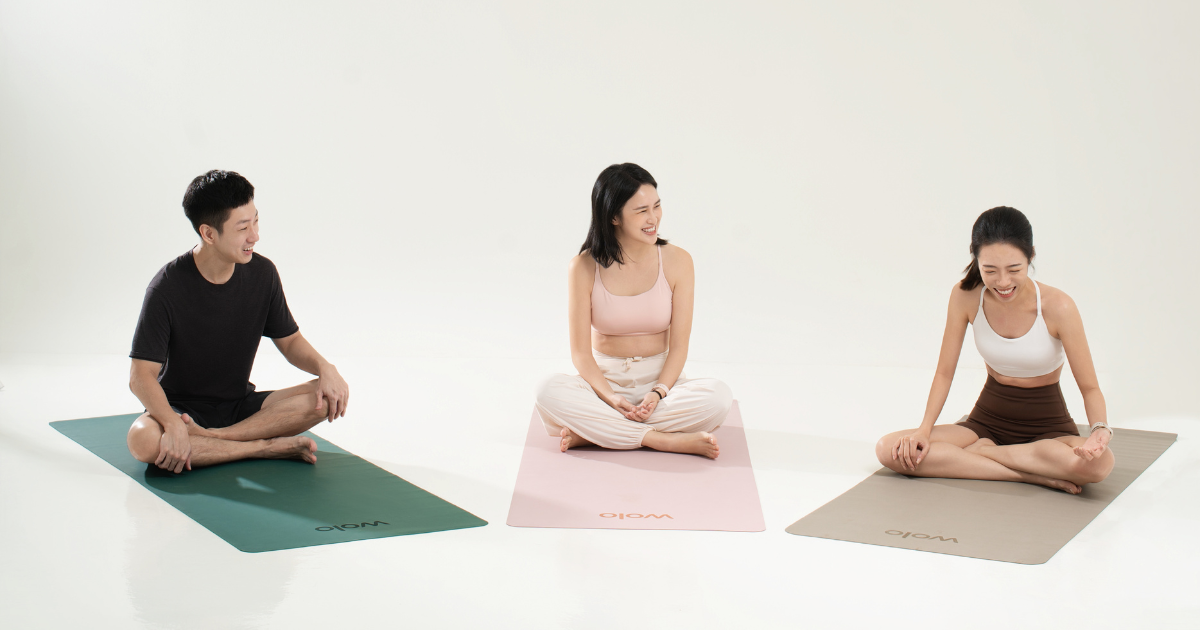You know that feeling when your heart races, your mind spins, and stress takes over? Maybe it’s before a big meeting, during a tough conversation, or when life just feels overwhelming.
I’ve been there too. That’s where box breathing comes in—it’s a simple technique used by Navy SEALs, athletes, and high performers to stay calm under pressure.
In this guide, I’ll show you exactly how to do it, why it works, and how you can start using it today to reduce stress and sharpen your focus. Let’s dive in!
What’s Box Breathing?

Box breathing is a simple yet powerful breathing technique that helps you stay calm and focused, even in high-stress situations. It follows a 4-4-4-4 pattern—inhale for four seconds, hold for four seconds, exhale for four seconds, and hold again for four seconds before repeating.
This method slows your breathing, signals your nervous system to relax, and improves oxygen flow to your brain. Used by Navy SEALs, athletes, and professionals, it’s an easy way to reset your mind and body anytime you feel overwhelmed. The best part? You can do it anywhere, and it only takes a few minutes!
Benefits of Box Breathing

Box breathing isn’t just about calming down—it has real, science-backed benefits that can improve your daily life.
- Reduces stress and anxiety. When you’re stressed, your breathing speeds up and tells your body to stay on high alert. Box breathing slows everything down, lowers cortisol, and helps you feel calmer fast.
- Enhances focus and mental clarity. If your mind feels foggy or scattered, controlled breathing brings in more oxygen, clears your head, and helps you stay sharp, especially in high-pressure situations.
- Improves sleep quality. Struggling to fall asleep? Box breathing relaxes your nervous system, slows your heart rate, and quiets racing thoughts so you can drift off more easily.
- Helps regulate emotions. Ever reacted too quickly and regretted it? This technique gives you a mental pause button, helping you stay composed and respond more thoughtfully.
- Boosts physical performance & endurance. Whether you’re working out or just feeling out of breath, controlled breathing helps you manage oxygen intake, stay steady, and push through with more stamina.
Want to see how it works in action? Let’s break it down step by step.
How to Do Box Breathing

You can practice box breathing anytime you need to reset—whether it’s before a big meeting, during a stressful moment, or as part of your morning routine. Follow these steps to get started:
- Sit comfortably with your back straight and shoulders relaxed. You can also lie down if that feels better.
- Close your eyes and take a deep breath in through your nose, preparing to start the cycle.
- Inhale through your nose for four seconds, filling your lungs completely.
- Hold your breath for four seconds, keeping your body relaxed.
- Exhale slowly through your mouth for four seconds, emptying your lungs completely.
- Hold your breath again for four seconds, maintaining a steady rhythm.
- Repeat the cycle for four to five rounds, or until you feel calmer and more focused.
- When finished, return to your natural breathing pattern and take a moment to notice how you feel.
When and How to Use Box Breathing

If you need a morning boost, try a few rounds right after waking up to start your day with clarity and focus. Feeling overwhelmed at work? Use box breathing as a midday reset to clear your mind and regain control.
Before a stressful event—like a big presentation, an interview, or an important conversation—box breathing can help steady your nerves and keep you sharp. If anxiety creeps in or you feel on edge, practicing a few cycles can quickly prevent panic attacks and bring a sense of calm. It’s also a great bedtime routine to relax your nervous system and improve sleep.
The key is consistency. The more you practice, the easier it becomes to use box breathing as a tool for stress management and focus.
Common Mistakes and How to Fix Them
Box breathing is simple, but a few common mistakes can make it less effective. One of the biggest mistakes is forcing deep breaths, which can make you feel lightheaded or tense. Instead, keep your breaths natural and controlled—think of it as a steady rhythm rather than a big gulp of air.
Another issue is holding your breath too tightly, which can create discomfort. If this happens, try starting with a shorter count—three seconds instead of four—until your body gets used to the pattern.
Inconsistent practice is another challenge. Box breathing works best when you make it a habit, so try pairing it with something you already do daily, like after your morning coffee or before bed.
Finally, some people find it hard to focus while breathing. If that’s you, try visualizing a square, tracing its edges with each inhale, hold, exhale, and hold. This helps keep your mind engaged and makes the practice easier to follow.
Advanced Techniques and Variations

Once you’re comfortable with the basic 4-4-4-4 box breathing pattern, you can explore variations to deepen relaxation or boost endurance.
- 5-5-5-5 breathing. Extend each phase to five seconds for a deeper calming effect. This works well if you’re feeling extra anxious or need more control over your breath.
- 6-6-6-6 for sleep. If you struggle with winding down at night, lengthening each phase to six seconds slows your heart rate and helps you fall asleep faster.
- Box breathing with visualization. Imagine drawing a square in your mind, following its edges with each breath cycle. This adds a mindfulness element and helps with focus.
- Breathing with movement. Pair box breathing with walking, yoga, or stretching. Sync each breath phase with your steps or movements to enhance body awareness.
Experiment with these variations to find what works best for your body and mind.
Final Thoughts
Box breathing is one of the simplest yet most powerful techniques to calm your mind, reduce stress, and improve focus. Whether you need a quick reset during the day, a tool to handle anxiety, or a way to unwind before bed, this practice can make a real difference.
The key is consistency—just a few minutes of intentional breathing on your yoga mat can help you feel more in control. Try it for a week and see how it impacts your mood and focus.





